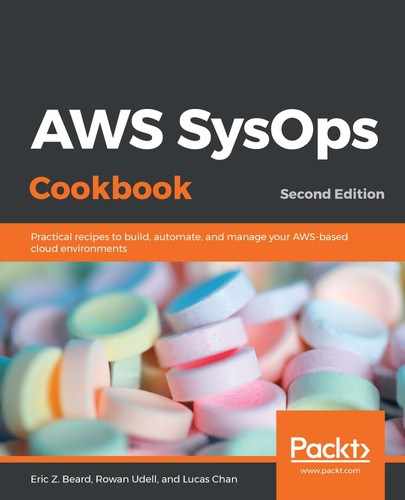A region is further subdivided into availability zones (AZ), of which there are currently 60. A typical region has three availability zones, which are closely placed clusters of data centers with link speeds high enough that all resources within an availability zone are essentially treated as a single local network. AWS carefully plans the location of data centers within an AZ so that the separate AZs within a region have unique geographic profiles – for example, flood plains are taken into consideration so that, if a rare natural disaster occurs, only one of the AZs within the region will be affected. However, AZs are still close enough together that the network connection between them is very fast.
The design of this global infrastructure allows customers to create highly fault-tolerant and performant applications. An example of the resilience that can be created by using multiple availability zones is Amazon S3, which achieves an incredible 11 x 9s of durability for objects stored by customers. That's 99.999999999%, which means that, in theory, if you stored 10 million objects in S3, you would expect to lose only 1 object every 10,000 years!
AWS is steadily adding more regions throughout the world to give customers more options regarding where their applications are deployed. Some countries have strict compliance regulations that require data to be stored in a region within a country, so be sure to research those regulations before making your choice.
See https://aws.amazon.com/about-aws/global-infrastructure/ for the most up to date list of regions and availability zones.
